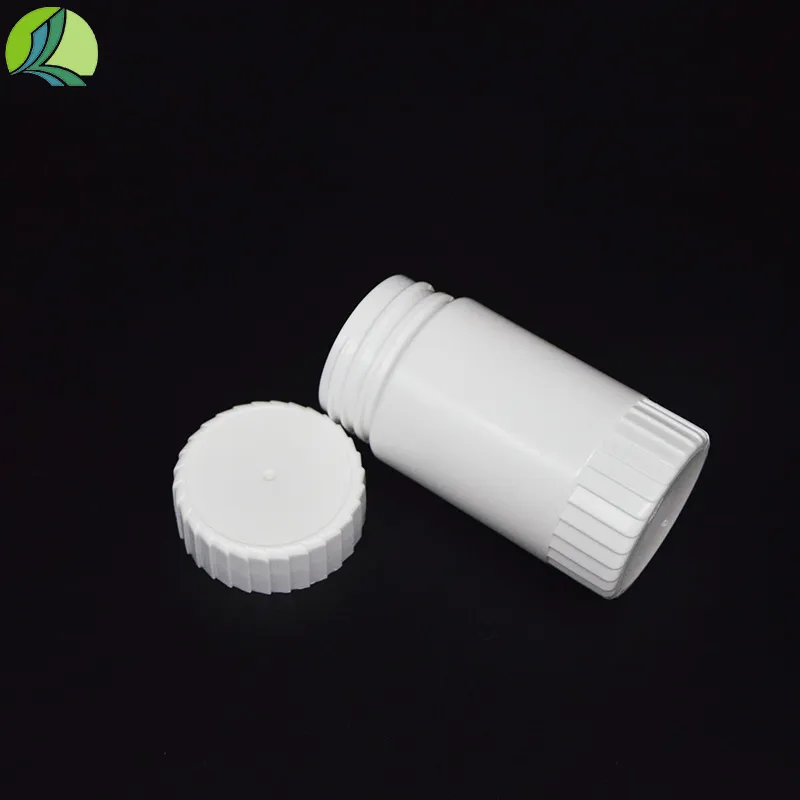
-
 Afrikaans
Afrikaans -
 Albanian
Albanian -
 Amharic
Amharic -
 Arabic
Arabic -
 Armenian
Armenian -
 Azerbaijani
Azerbaijani -
 Basque
Basque -
 Belarusian
Belarusian -
 Bengali
Bengali -
 Bosnian
Bosnian -
 Bulgarian
Bulgarian -
 Catalan
Catalan -
 Cebuano
Cebuano -
 Corsican
Corsican -
 Croatian
Croatian -
 Czech
Czech -
 Danish
Danish -
 Dutch
Dutch -
 English
English -
 Esperanto
Esperanto -
 Estonian
Estonian -
 Finnish
Finnish -
 French
French -
 Frisian
Frisian -
 Galician
Galician -
 Georgian
Georgian -
 German
German -
 Greek
Greek -
 Gujarati
Gujarati -
 Haitian Creole
Haitian Creole -
 hausa
hausa -
 hawaiian
hawaiian -
 Hebrew
Hebrew -
 Hindi
Hindi -
 Miao
Miao -
 Hungarian
Hungarian -
 Icelandic
Icelandic -
 igbo
igbo -
 Indonesian
Indonesian -
 irish
irish -
 Italian
Italian -
 Japanese
Japanese -
 Javanese
Javanese -
 Kannada
Kannada -
 kazakh
kazakh -
 Khmer
Khmer -
 Rwandese
Rwandese -
 Korean
Korean -
 Kurdish
Kurdish -
 Kyrgyz
Kyrgyz -
 Lao
Lao -
 Latin
Latin -
 Latvian
Latvian -
 Lithuanian
Lithuanian -
 Luxembourgish
Luxembourgish -
 Macedonian
Macedonian -
 Malgashi
Malgashi -
 Malay
Malay -
 Malayalam
Malayalam -
 Maltese
Maltese -
 Maori
Maori -
 Marathi
Marathi -
 Mongolian
Mongolian -
 Myanmar
Myanmar -
 Nepali
Nepali -
 Norwegian
Norwegian -
 Norwegian
Norwegian -
 Occitan
Occitan -
 Pashto
Pashto -
 Persian
Persian -
 Polish
Polish -
 Portuguese
Portuguese -
 Punjabi
Punjabi -
 Romanian
Romanian -
 Russian
Russian -
 Samoan
Samoan -
 Scottish Gaelic
Scottish Gaelic -
 Serbian
Serbian -
 Sesotho
Sesotho -
 Shona
Shona -
 Sindhi
Sindhi -
 Sinhala
Sinhala -
 Slovak
Slovak -
 Slovenian
Slovenian -
 Somali
Somali -
 Spanish
Spanish -
 Sundanese
Sundanese -
 Swahili
Swahili -
 Swedish
Swedish -
 Tagalog
Tagalog -
 Tajik
Tajik -
 Tamil
Tamil -
 Tatar
Tatar -
 Telugu
Telugu -
 Thai
Thai -
 Turkish
Turkish -
 Turkmen
Turkmen -
 Ukrainian
Ukrainian -
 Urdu
Urdu -
 Uighur
Uighur -
 Uzbek
Uzbek -
 Vietnamese
Vietnamese -
 Welsh
Welsh -
 Bantu
Bantu -
 Yiddish
Yiddish -
 Yoruba
Yoruba -
 Zulu
Zulu
Types of Reagent Bottles | Comprehensive Guide
Types of Reagent Bottles A Comprehensive Overview
Reagent bottles are essential tools in laboratories, designed for the safe storage and handling of chemicals and various reagents
. These bottles come in a variety of shapes, sizes, and materials, tailored to meet the specific needs of chemists and researchers. Understanding the different types of reagent bottles is crucial for ensuring safety, maintaining the integrity of chemical substances, and optimizing laboratory efficiency.One of the most common types of reagent bottles is the glass reagent bottle. Made from borosilicate glass, these bottles are resistant to thermal shock and chemical corrosion. Borosilicate glass has a low coefficient of thermal expansion, making it ideal for handling hot liquids or substances that may react exothermically. Glass bottles are available in various capacities, typically ranging from 50 mL to several liters. They are often equipped with a screw cap or a cork stopper to provide an airtight seal, preventing contamination and evaporation of volatile substances.
In contrast, plastic reagent bottles are commonly used for chemicals that do not require high resistance to temperature or corrosive effects. These bottles are typically made from high-density polyethylene (HDPE) or polypropylene (PP) and are lightweight, making them easy to handle. Plastic bottles are less expensive than glass options and are ideal for short-term storage. However, they may permeate certain solvents over time, which can compromise the integrity of the stored materials.
Another type of reagent bottle is the dropper bottle, which is designed for precise dispensing of small volumes of liquids. Often made from glass or plastic, dropper bottles feature a built-in dropper or pipette that allows for accurate measurement and application of reagents. These bottles are commonly used in titrations, reactions requiring measured amounts of reagents, or when working with sensitive compounds that should not be exposed to excessive air.
types of reagent bottles

Fume hoods and safety cabinets often store larger reagent bottles, such as jerry cans and carboys, designed for bulk storage of hazardous chemicals. Jerry cans, typically made of HDPE, can hold up to five gallons or more and are designed to prevent spills and leaks during transfer. Carboys, generally made of glass or plastic, can hold significant volumes (up to 10 gallons or more) and often come with dispensing taps or airlock systems to minimize contamination.
For specialized applications, there are also reagent bottles designed for specific substances. For example, amber glass reagent bottles are used for light-sensitive chemicals, as the colored glass protects their contents from degradation caused by UV light. Additionally, amber bottles often come with specialized caps that minimize air exposure, further extending the shelf life of sensitive reagents.
Proper labeling of reagent bottles is paramount in laboratory settings. Clear, waterproof labels should indicate the contents, concentration, and hazard warnings to ensure safety and prevent accidental misuse. The integration of barcodes on reagent bottles can also facilitate inventory management within laboratories.
In conclusion, the selection of the appropriate type of reagent bottle is vital for laboratory safety and efficiency. By understanding the characteristics and uses of different reagent bottles—glass, plastic, dropper bottles, and bulk storage containers—scientists and chemists can better safeguard their materials and enhance their research productivity. Selecting the right bottle ensures optimal performance and mitigates risks associated with chemical storage and handling.
-
Premium Metal Dropper Bottle for Precise Dispensing 250ml & 1ml Options AvailableNewsJul.04,2025
-
20 ml Headspace Vials - High Quality Polyethylene & Plastic Vials for Lab UseNewsJul.04,2025
-
Small Bottle with Pipette - Precise Dispensing 100ml Pipette Bottles for Essential Oils & Lab UseNewsJun.24,2025
-
Acetic Anhydride Bottle for Accurate Dropper Measurement in Pharmacy Use High-Quality Dropper BottlesNewsJun.10,2025
-
Innovative PET Bottle Design for Juice – Unique Shapes & Customization OptionsNewsJun.10,2025
-
20 Pack Sterilized Petri Dishes – Assorted Sizes, High Quality Small Plastic Petri Dishes for Lab UseNewsJun.10,2025






















